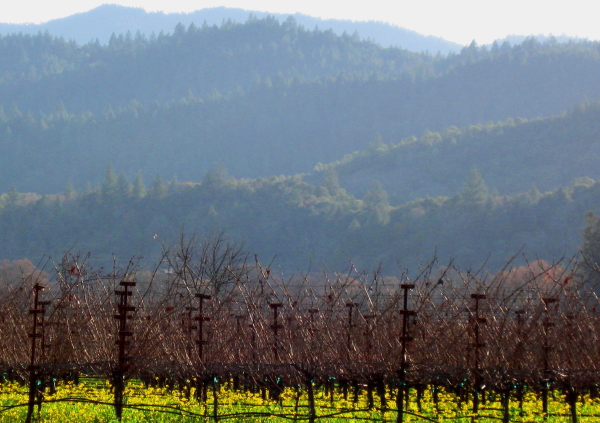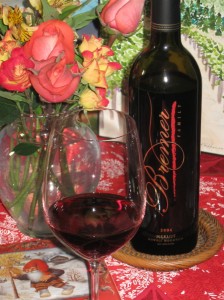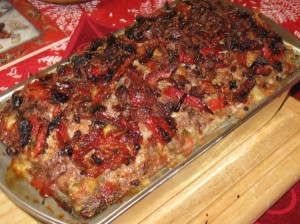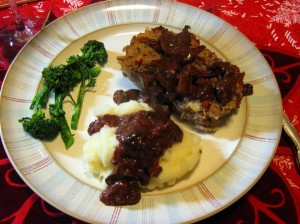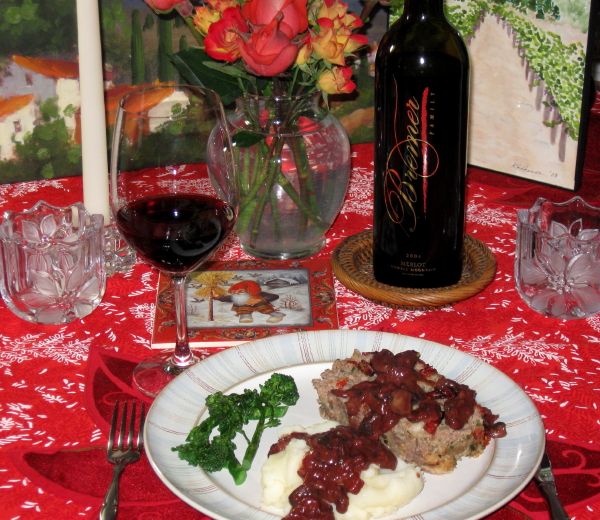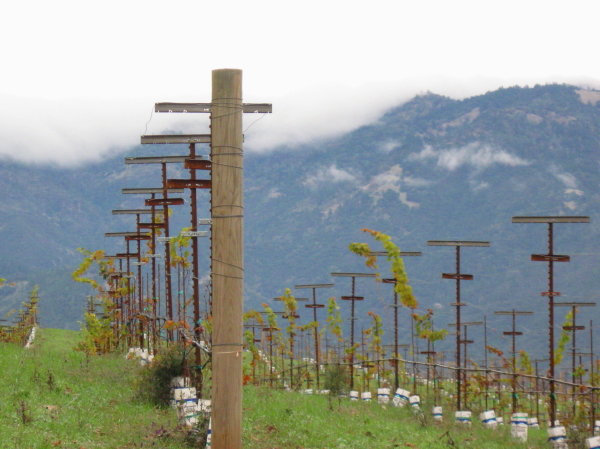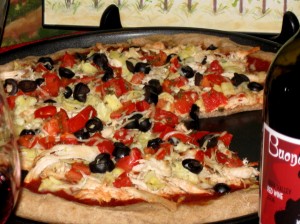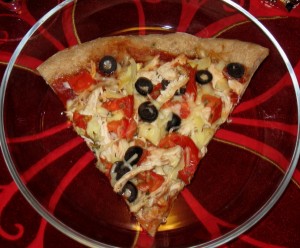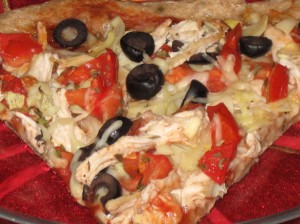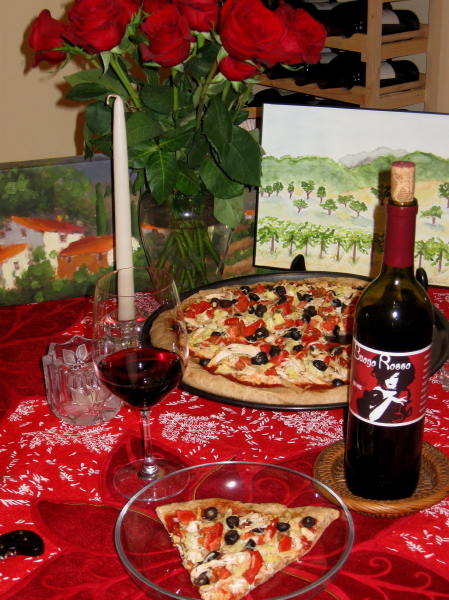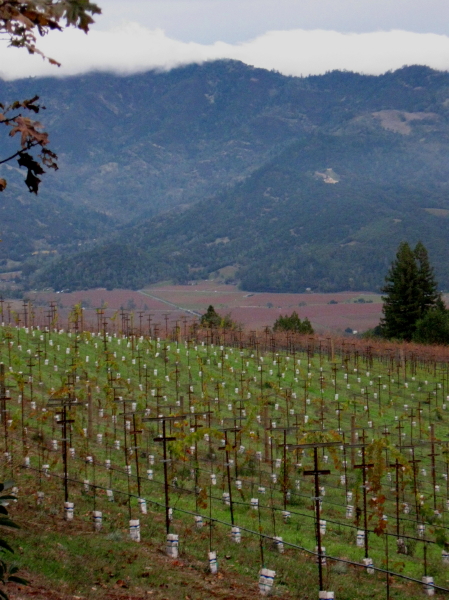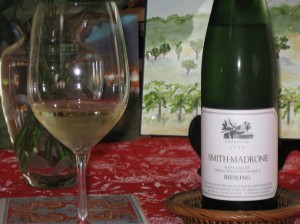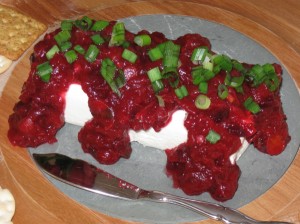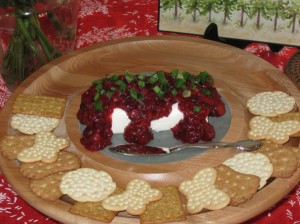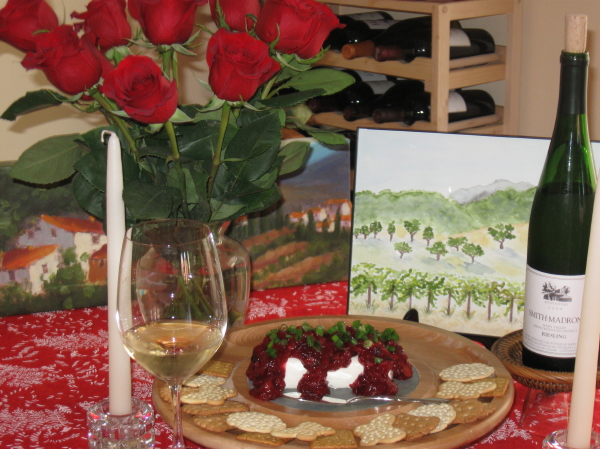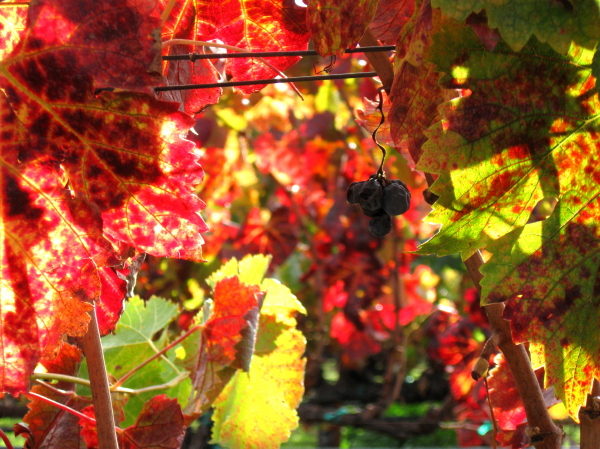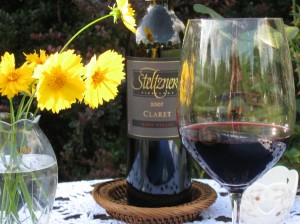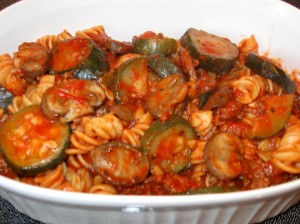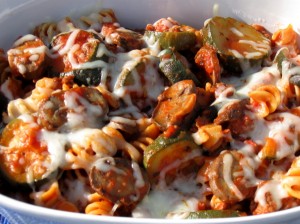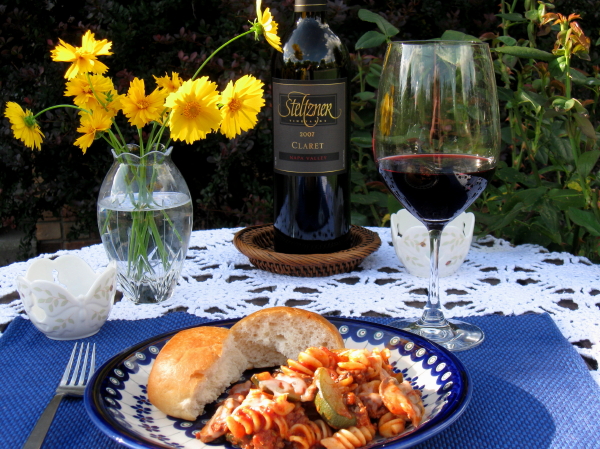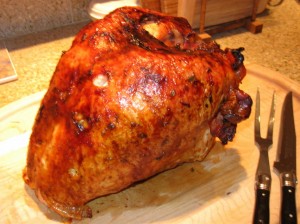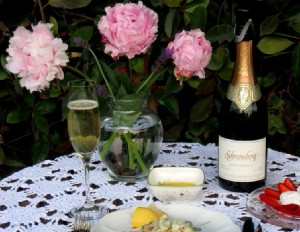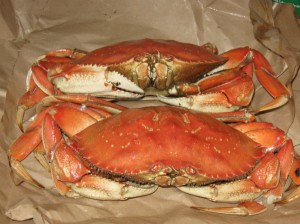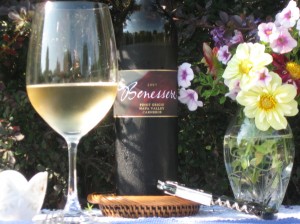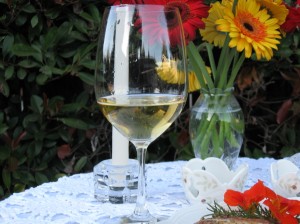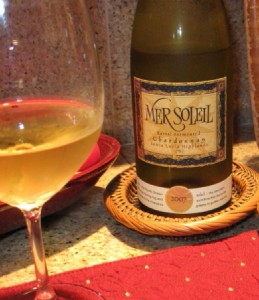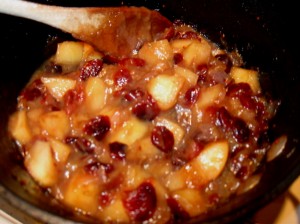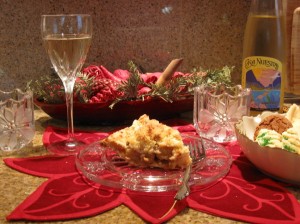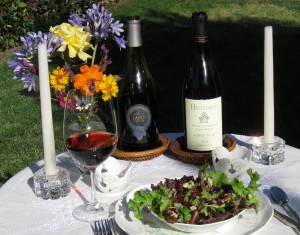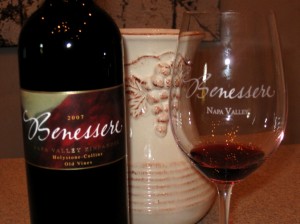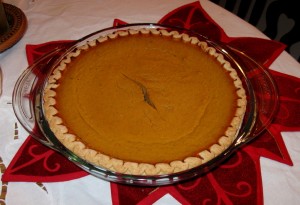Dec 22 2010
Merlot and The Meatloaf That Saved Christmas
Seemingly out of nowhere the week before Christmas has fallen upon us and here in the Bay Area and Napa Valley residents are enduring rain storm after rain storm. Water is beginning to stand in low-lying vineyards and despite this, the first few blooms of mustard have risen above tall healthy green blades of grass among the vines. The weather clearly does not inspire people to leave their cozy homes unless necessary; regardless, at this point in the holiday season, time is in short supply. Holiday parties fill calendars, kitchens are in disarray with holiday baking and big holiday dinners are planned for the following weekends. Even though perhaps the Wednesday before Christmas is not an evening when one is seeking to prepare something quasi-gourmet at home, there is still time enough such that you can enjoy a nice bottle of wine with something simple and celebrate the season for yourself.
On rainy chilly nights such as these, I find that there is something warm and comforting about Merlot. Merlot naturally has a round and supple mouth feel and perhaps that in and of itself makes this varietal comforting. As noted in earlier articles archived on this web site, Merlot receives an unmerited bad rap thanks to pop culture and a certain wine country themed movie. Merlot, if made well, can offer depth, complexity and structure like any other varietal. Similarly it can also be a pricey varietal depending on the vintner. As the grape ripens sooner than other red wine varietals, it is less tannic and easier to readily enjoy.
It is with distinct pleasure to share a wine from Bremer Family Winery this week: 2004 Howell Mountain Merlot. Howell Mountain is its own American Viticulture Area (“AVA”). This mountain AVA has long been recognized for producing intensely flavored and concentrated grapes. Given the soil and climate of Howell Mountain AVA, red varietals are frequently “bigger” in their flavor profiles and I always find easily recognizable spices.
Only a few years ago at this time did I make my first ascent up Deer Park Road to visit Bremer Family Winery and I was not disappointed. Tiny flakes of snow danced in the air to greet me that day and while it is a beautiful winery to visit during warmer months, it is a special memory to recall that first chilly late December visit to Bremer Family Winery.
Given the more intensely and boldly flavored wines of Howell Mountain AVA, Bremer Family Winery’s red wine offerings are also a fitting choice for this time of year. To give an indicator of the intensity of the fruit in these wines, upon opening the 2004 Howell Mountain Merlot, you can smell the wine’s fruit and spice easily one foot from the rim of the wine glass: a powerful wine that is dominated by aromas of wild mountain raspberries, plum, a hint of mint or cardamom with a lingering aroma of vanilla. The palate is greeted by delicious rich spices of cardamom and anise with flavors of plum and red raspberry. While the wine does provide slightly drying tannins at the back of the palate, simple decanting easily remedies this leaving one with a big wine (and yes, this is a Merlot) that is worthy of holiday celebrations and end of year events. Powerful fruit, spice and structure command the palate accompanied by a finish that firmly stays in place. This is a finish which leaves one still swallowing… in disbelief that there is not still wine in your mouth.
Given that this is such a busy week and with special holiday celebrations on the immediate horizon, this week’s menu is planned such that it includes comfort food and yet a creative twist on otherwise simplistic classic American cuisine:
1) The Meatloaf That Saved Christmas;
2) Garlic Mashed Potatoes With Red Wine Reduction Porcini Gravy; and
3) Steamed Baby Broccoli.
This is not your mother’s meatloaf. A winery friend commented over the weekend that meatloaf is one of the most underappreciated dishes in American cuisine and he is probably correct. But then again, I believe that it really depends on how the dish is prepared (much like most recipes). Over handling the meat and pork will rob the loaf of its moisture and create a tough dry texture. Dress the recipe up, and suddenly you will have a dish that in no way resembles your mother’s meatloaf.
Combining ground lean pork and lean ground beef, some of the drippings from prior cooked apple wood smoked bacon is gently worked in the meat. This adds fat in a controlled manner to add moisture while simultaneously naturally adding a small amount of sodium and flavor. Prior sautéed shallots, sweet onions and garlic are added followed by roasted garlic puree. Rather than use commercial bread crumbs, slices of sourdough bread from a local bakery are toasted in the oven to create fresh bread crumbs which are combined with well-beaten eggs. To further add flavor and creaminess to the loaf, freshly grated dry jack cheese is added and freshly clipped and chopped herbs from the patio are incorporated to add some spice and depth in flavor. Finally rather than opt for the circa 1950’s American ketchup, add a puree of roasted tomatoes and top the loaf with crumbled apple wood smoked bacon. Slow-roasted in the oven, this dressed-up savory meatloaf fills the kitchen with tantalizing smells and teases of warm comfort food. If you and your guests manage to save any of this as leftovers, the herbs, garlic and spices will continue to marry with time creating a rich, well-blended flavor in the mouth that takes meatloaf to “home gourmet”.
Next up, an equally savory red wine reduction gravy is created with porcini mushrooms and Carmelo tomatoes from the garden. This is a terrific way to use that last cup of red wine left over from last week’s bottle of wine. As the sauce thickens, I added a tiny amount of balsamic vinegar to manipulate the color of the gravy. Also, having reserved the bacon drippings, a small amount was added as well to avoid needing to use salt or other seasonings in the gravy. These flavors are in the meatloaf and are also incorporated into the gravy. Topping garlic mashed potatoes with this gravy renders comfort food borderline sinful.
Adding steamed baby broccoli is not only a veggie delight but also adds much needed color to the full plate presentation.
When paired with Bremer Family Winery’s 2004 Howell Mountain Merlot, the meal takes on an additional element of comfort as the wine coasts across the front and mid-palate effortlessly (which is exactly what a good Merlot should do and why it is commonly used as a blending grape). The wine’s acidity pairs well with the tomato components of this recipe and the Merlot grape seems naturally comfortable pairing with beef and pork blended dishes. The herbs accentuate the cardamom in the wine and that wonderful lingering finish just makes this food and wine pairing one easily destined for any table.
While Bremer Family Winery’s wines are of a higher price point, this does not mean that they cannot be enjoyed readily for less than formal occasions. Certainly the winery’s offerings will show off brilliantly with more formal dining cuisine but you should also remember that enjoying a bottle with more affordable fare will not throw your wallet into cardiac arrest. Well-made wines are truly artisanal and they can be enjoyed even if just by you . . . and even if it is just because it is a “Wednesday”. Happy Holidays!
Comments Off on Merlot and The Meatloaf That Saved Christmas
